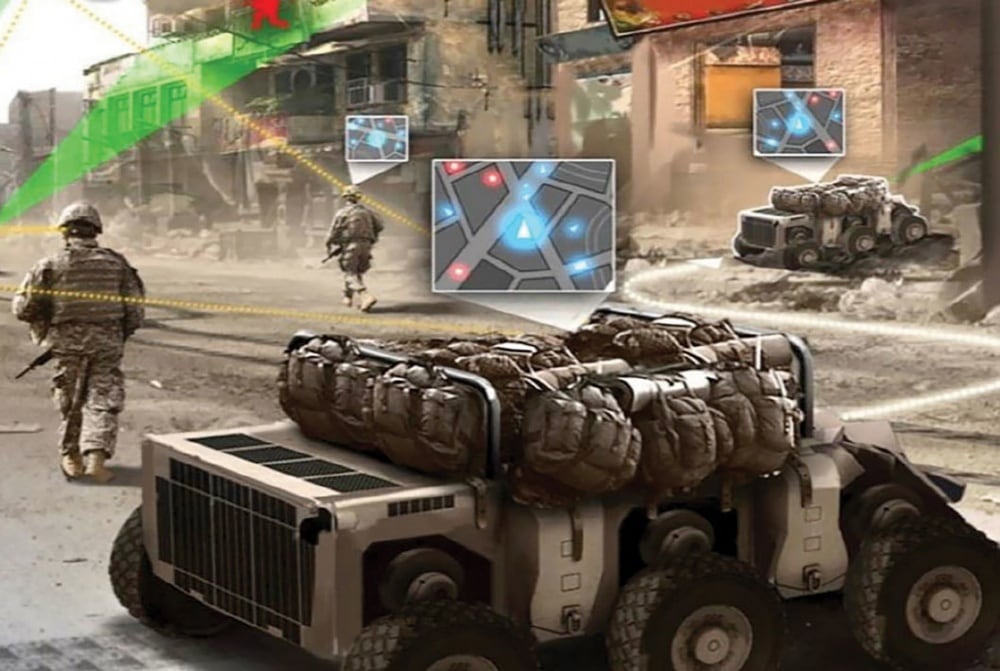WASHINGTON — Textron Systems has announced its intention to purchase Maine-based Howe & Howe Technologies, a developer of robotic land vehicles, in a move Textron says will position the company to be a “global leader” in autonomous systems.
The purchase, which does not have an announced price tag, is expected to close in mid-December. It comes as industry around the world eyes the potential military unmanned ground vehicles market as an area for future growth.
Howe produces a number of systems in use by the U.S. government, including the small Ripsaw Super Tank and the RS2-H1 SMET, which was down-selected to compete to be the U.S. Army’s platoon load-carrying robot. The company also produces a pair of firefighting unmanned systems, the Thermite and Bulldog.
RELATED

While having some experience in the ground-based unmanned sector, Textron Systems has largely focused on UAVs. Hence, adding Howe’s ground systems expertise to its portfolio makes economic sense, said Textron Systems head Lisa Atherton in a company statement. She called Howe the “original disruptors in the advanced robotic vehicle space.”
“Textron Systems is now positioned to be a global provider of unmanned capabilities across all three domains. We are clear on the U.S. military’s vision and their future technology needs for autonomy, robotics and unmanned systems,” she added. “Bringing together Textron Systems’ and Howe & Howe’s talent, capabilities and proven products will join two of the best, and we are excited at the idea of advancing the industry even further as one team.”
Michael Howe, president of Howe & Howe Technologies, added that “the deep experience and forward thinking of Textron Systems, coupled with the innovation and sheer competitiveness of Howe & Howe, will make for a formidable combination. We expect that the whole will be immeasurably greater than the sum of our parts and will be positioned to forge the 21st century world leader in ground robotics and mobility.”
The Pentagon set aside $429 million for unmanned ground systems in fiscal 2019, doubling in just two years from $212 million in FY17 and $310 million in FY18. And while explosive ordnance disposal systems still represent the biggest spending from the Army in this arena, it will likely be overtaken by programs such as the Army Common Robotic Systems and Robotic Ground System Advanced Technology Development.
Aaron Mehta was deputy editor and senior Pentagon correspondent for Defense News, covering policy, strategy and acquisition at the highest levels of the Defense Department and its international partners.







